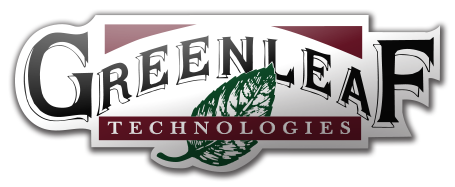Coverage and Drift Produced by Air-Induction and Conventional Hydraulic Nozzles Used for Orchard Applications
COVERAGE AND DRIFT PRODUCED BY AIR-INDUCTION AND CONVENTIONAL HYDRAULIC NOZZLES USED FOR ORCHARD APPLICATIONS
Author(s):
DERKSEN RICHARD C
FOX ROBERT D
BRAZEE ROSS D
KRAUSE CHARLES R
Interpretive Summary:
Spray applications made to tall canopies, such as trees, vines and bushes, are considered a relatively high risk for producing off-site spray losses. Large droplet applications can significantly reduce the amount of drift but they can reduce deposition efficiency and pesticide effectiveness. This study was designed to evaluate the fate of sprays produced by conventional, disc-core nozzles and an air induction nozzle. For certain tank mixes, the air induction nozzle can produce relatively large, air-filled droplets. Conventional, disc-core, D3-25 and D4-25 nozzle sets and an air induction nozzle set, TD02, were used to apply the same rate of tank mix to the treatment area. The smaller droplet spectrum D3-25 provided the highest coverage TO upperside and underside surfaces of apple leaves. The large droplet TD02 nozzle produced the lowest coverage on underside leaf surfaces. There was little difference in the total amount of material measured on leaves treated with the D4-25 and TD02 nozzle sets. In general, the low-drift nozzle kept more of the off-target losses closer to the treatment area but it did not eliminate drift. The TD02 treatment produced the lowest losses to the ground from 4 to 128 m downwind. The D4-25 treatment produced higher airborne deposits on 1 and 3 m high air sampler filters out to 64 m. At 128 and 256 m, sedimentation and airborne deposits were similar for the D4-25 and TD02 treatments. These results should encourage farm managers to evaluate the suitability of low-drift, air induction nozzles in their pest management programs because of the possibility of reduced environmental and worker contamination without sacrificing pest control. Results will vary with carrier volume and pesticide formulation.
Contact:
RM. 206, AG. ENGINEERING
OARDC
WOOSTER
OH 44691
Approved Date: 2000-08-01
